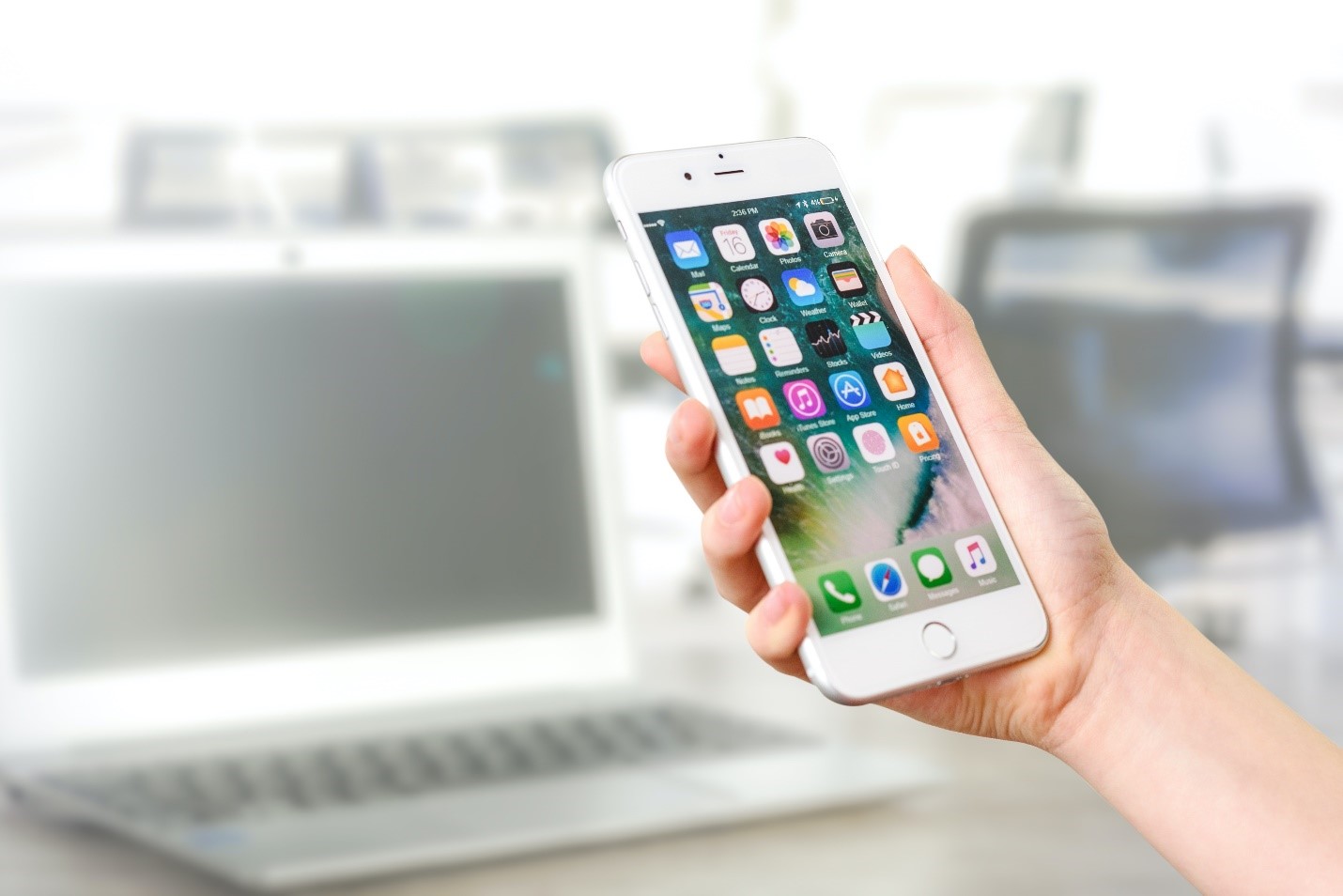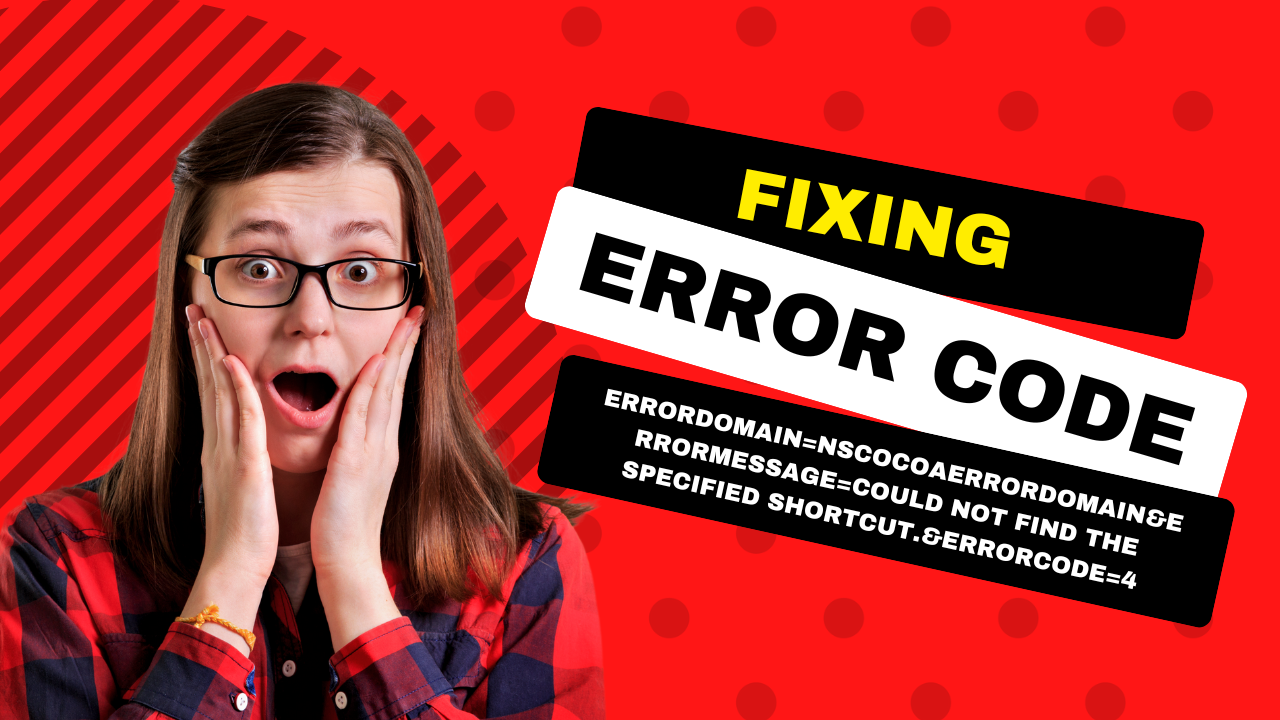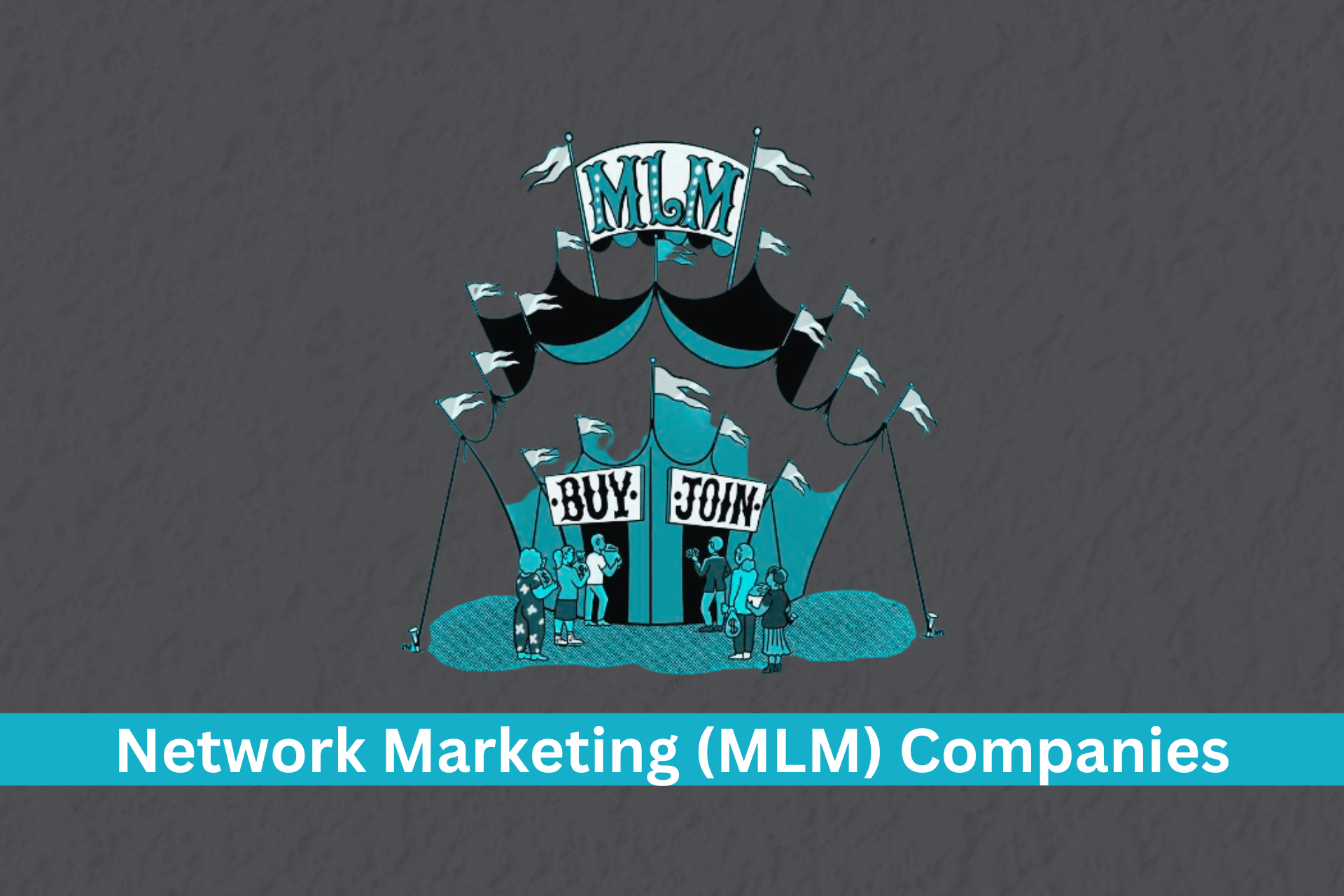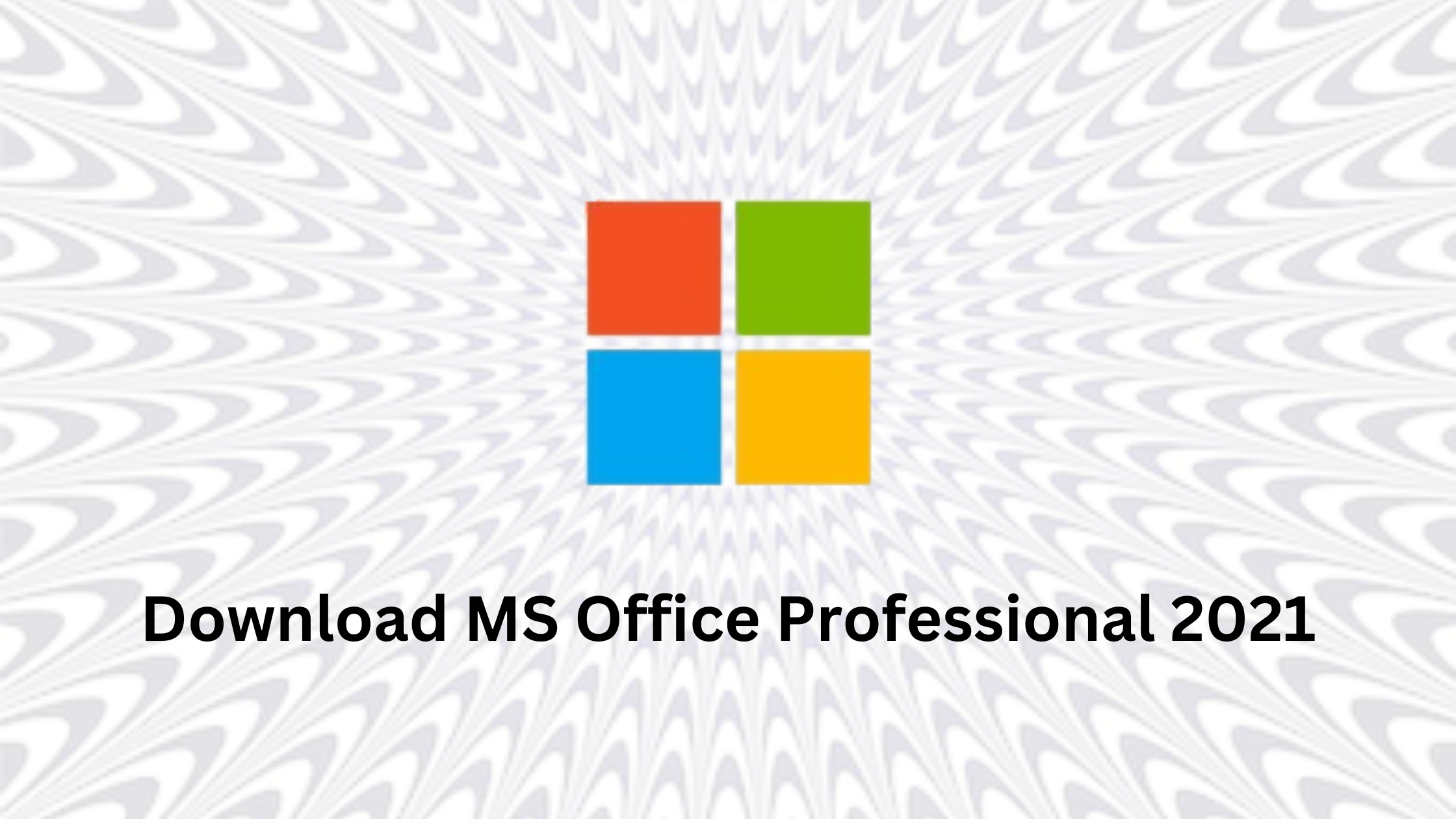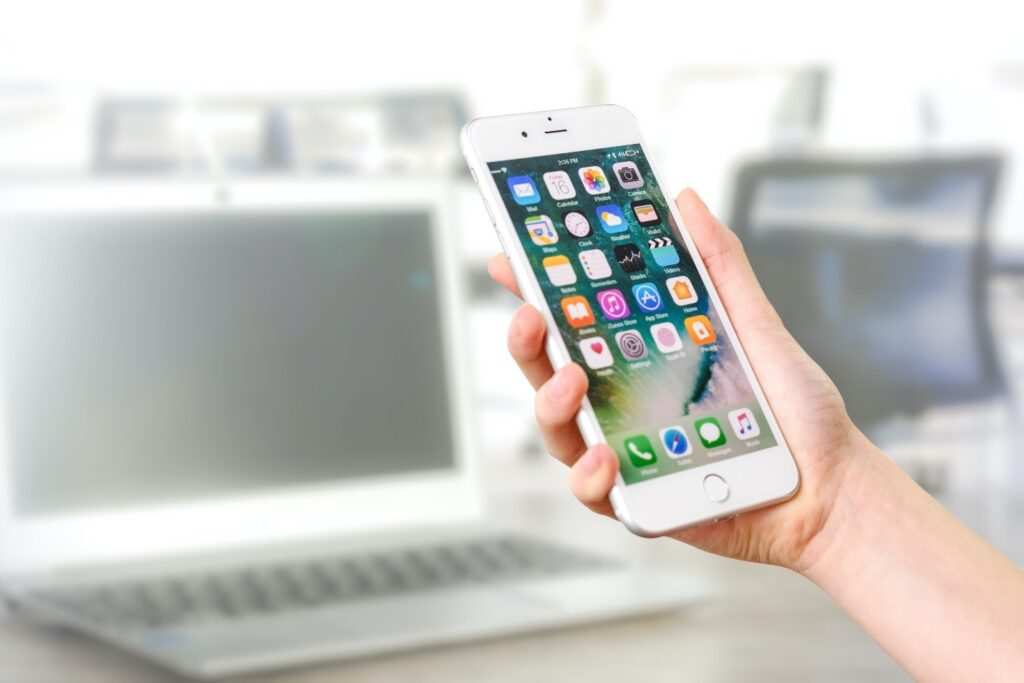
Have you built an application’s idea? Have you refined the product? Are you ready to launch your mobile application? Hold On! If you have spent an extortionate amount of money and resources for creating an application, would not you want to earn something in return?
Whether you plan to charge for downloads or use subscription services for generating income, your application will never turn out to be profitable without a monetization strategy. App monetization has become imperative for the success of your mobile application. There are various ways and tools to monetize your application.
Why Do Businesses Need To Have A Defined App Monetization Strategy?
Consumers tend to download billions of applications every year and spend a lot of money on those applications. Hence, it is pivotal to define the app monetization strategy before launching an application. Different strategies have different features. If you do not build them before launch, you will have a hard time integrating them later on.
For instance, if you choose an in-app purchases strategy, you need to figure out how and when it will affect the user experience. On the other hand, if you are choosing a subscription-based app strategy, you might have to develop a free version that users can test before committing.
The Best App Monetization Strategies
Before choosing an app monetization strategy, there is an immense need for app developers to consider the target audience and their behaviors. However, monetization strategies are just an essential part of an application’s success story. You need to have mastery of mobile application marketing and app store optimization to get your products in front of potential customers.
1) Offer paid premium accounts
This strategy is often referred to as the “freemium model” as it tends to offer free features for all users but enhanced features for those who are willing to pay for premium accounts. By seeing a ‘free download ‘option, users are attracted to your application, and then you can ask for payment for an enhanced experience. Take an example of Spotify. You can always listen to songs for free, but without a premium account, you have to go through a lot of advertisements in between songs. However, for a monthly fee, you can easily become a Spotify premium number and listen to custom-made specifications, and more. Premium options are one of the best ways to sell more features to potential customers who are looking for enhanced user experiences.
In order for this strategy to be profitable, app developers need to have a broad user base in their applications. It means you need to come up with engaging content and a strong marketing strategy. Without this, users will not be encouraged to pay for premium features.
2) In-App purchases
This strategy is exceedingly useful if your application is free as it offers various ways to generate revenue without charging for your service. The well-known examples of in-app purchases come from the gaming world. Games like Pokémon Go let users buy coins and items with real money. It makes the game last longer. If you want to leverage in-app purchases in your app monetization strategy, consider all the features to enhance the overall user experience. Successful in-app purchases tend to leverage gamification and offer benefits to users.
3) Partnerships
Below a shadow of any doubt, sponsorships and partnerships are counted among the best smart app monetization strategies. If you already have an established application or a large user base, you might engage in strategic partnerships with well-known brands who want to connect with your audience. Sponsorships play a crucial role in connecting your audience to relevant brands, and can build brand integrity through smart partnerships. On the other hand, sponsors open up their advertising to new demographics and have the opportunity to push new content to potential customers. One of the best ways to sell your partnership within your application is to use a splash screen. The content is usually triggered whenever a user opens the application and fills the entire screen with a relevant advertisement. This ends up giving your sponsor maximum visibility and exposure.
App developers can also use in-app advertisements, social media campaigns, and customized in-app content for promoting the partnership as well. A mix of these strategies can be immensely effective.
4) Charge for using the application in AppStore
Charging a certain amount of money for downloading applications is one of the oldest tricks in the book. When applications were first introduced in the mobile world, the majority of them cost a certain amount of money to download. In comparison to other strategies, this strategy is less popular now. However, charging for your application might be a great strategy. With a paid download, users have to pay a one-time fee for having access to the application. The challenge of this model is that it is strenuous to convince customers to pay for your application if they haven’t had a chance to do it yet. So, if you plan to choose this application monetization strategy, you’ll have to fix an amount you need to charge for each download. Also, it is indispensable to consider your competition. If other applications are offering similar services for free, you find might it difficult to convince users to pay for your application.
Always charge for application downloads if
- You offer services above and beyond competitors
- Have a strong marketing and PR strategy
- Value is equal to the price
- You want to generate revenue directly from downloads
5) In-app advertisements
One of the most commonly used app monetization strategies is In-app advertisements. With this effective strategy, revenue is generated through sponsored advertisements. This way an app download is free for users all over the world. In a free model, users are more encouraged to use your application. Plus, the more users you have, the more revenue your advertisements will generate.
What are the types of ad revenues?
- Cost per thousand impressions (CPM): This rate is charged for every 1,000 people who have seen an advertisement.
- Cost per click (CPC): This rate is charged every time a user tends to click on your advertisement.
- Cost per action (CPA): This rate is charged whenever a user clicks and completes a specified action.
However, app development companies need to know that not every ad revenue works for every application. So choosing the revenue streams according to your project is an imperative part of the strategy. The brand integrity is interlinked with the content you deliver online. If your advertisements do not fit the content of your application, they might alleviate the conversion rates. Also, advertisements that do not align with your brand can ruin your reputation and turn users away from your application.
To combat this, you need to choose the advertisements that are relevant to your user base. Always ensure to use correct formatting to ensure the advertisements are delivered in the best possible way.
6) Subscriptions
The subscription economy is one of the best app monetization strategies. This strategy lets the application download freely but different services will be offered to different users that subscribe than to those who do not. App developers might have to offer different types of subscriptions.
Take Absolute Control Of Your Monetization Strategy
Whether in-app purchases, subscriptions, or paid advertisements, always ensure to choose the monetization strategy that works best for your business.
- Learn the basics and best practices of Google Play’s monetization options.
- Engage users by offering in-app products. It offers test-introductory prices for starter packs, sales with improved value offers, and win-back offers for re-engagement of churned users.
- Always offer a paid application by setting a price that users have to pay before they download the application.
Mobile app monetization is secure, private, and becoming popular among many mobile app development companies. Users are more likely to comprehend that this data will help in generating improved personalization. One of the best benefits of app data monetization is that the user experience can be intact. It means the users will spend more and more time on an application and its associated features.
There is an immense need for app development companies and app developers to protect the user experience. You would damage the app monetization strategy by damaging the user experience. It is perfectly fine to adopt various monetization methods simultaneously. The strategies can be implemented along with one another.
Conclusion
- In-app advertisements are still one of the viable methods of app monetization. However, more and more focus needs to be played on user experience.
- At the point of download, users get to install an application for free.
- Subscriptions models are becoming exceedingly popular as the big application stores offer reduced commission rates.
- Data monetization is one of the powerful ways of generating revenues without affecting the user experience.
- Always plan and then execute. It is never too late to think about your mobile app monetization strategy.
- Hybrid app monetization strategies comprehend the audience completely and strike the balance.
- Keep learning, tweaking, and generating money from your app audience effectively.
Linda Hartley is a digital marketing manager at Appstirr, who loves to write content on the latest topics, including Blockchain, B2B business models, application development, and much more.

